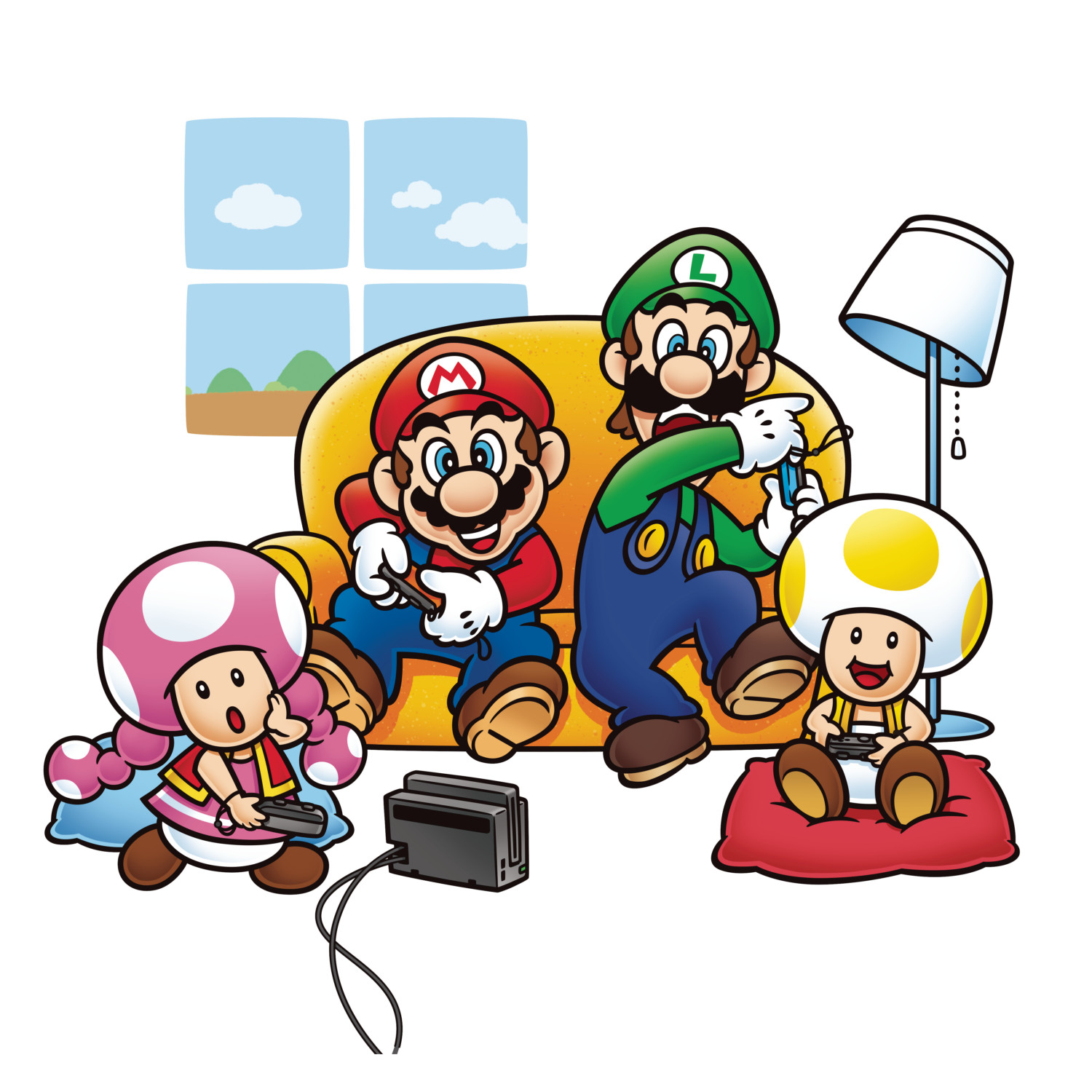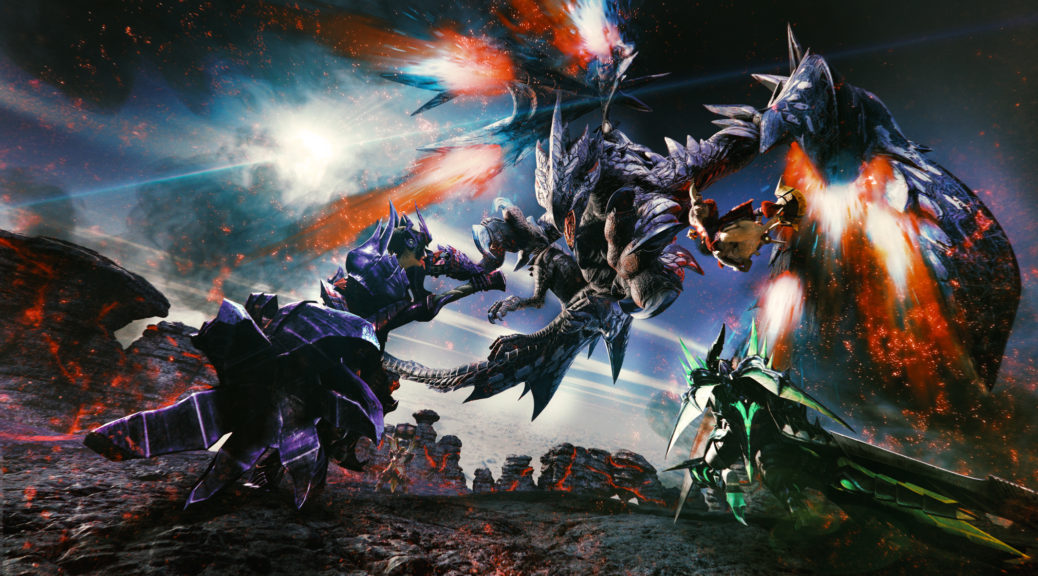
Game Review: Monster Hunter Generations Ultimate (Switch)
Capcom’s latest entry for the Monster Hunter series, Monster Hunter Generations Ultimate hits stores worldwide on August 28, 2018. With Monster Hunter Generations as its last Monster Hunter game released for Nintendo 3DS in 2016, let us see if the inclusion of the highly anticipated G rank difficulty to this game is worth the 2 years’ wait.
Monster Hunter Generations Ultimate does not deviate from its predecessors in terms of its formula: You hunt monster, carve up the monster, use its parts to make weapons and armor, kill bigger and badder monsters and repeat the cycle again. If players are looking for more of what they got in Monster Hunter Generations, you are definitely in luck as Monster Hunter Generations Ultimate delivers fully with returning monsters with the likes of the mud flinging Barroth, the icy breath Barioth or the web slinging Nerscylla as well as new monsters such as the vicious Valstrax. The game expands what it excels in Generations giving players more variety of monsters to hunt. This game is an expansion of Monster Hunter Generations with the addition of 2 new hunter styles (Valor and Alchemy), a multitude of hunter arts, the infamous addition of the highest difficulty: G Rank and with more than 500 new quests, most players would be spoiled for choice. And the content does not end there, with additional free DLC such as the Breath of the Wild outfit that will be included in a later date, there is much more content to look forward to.
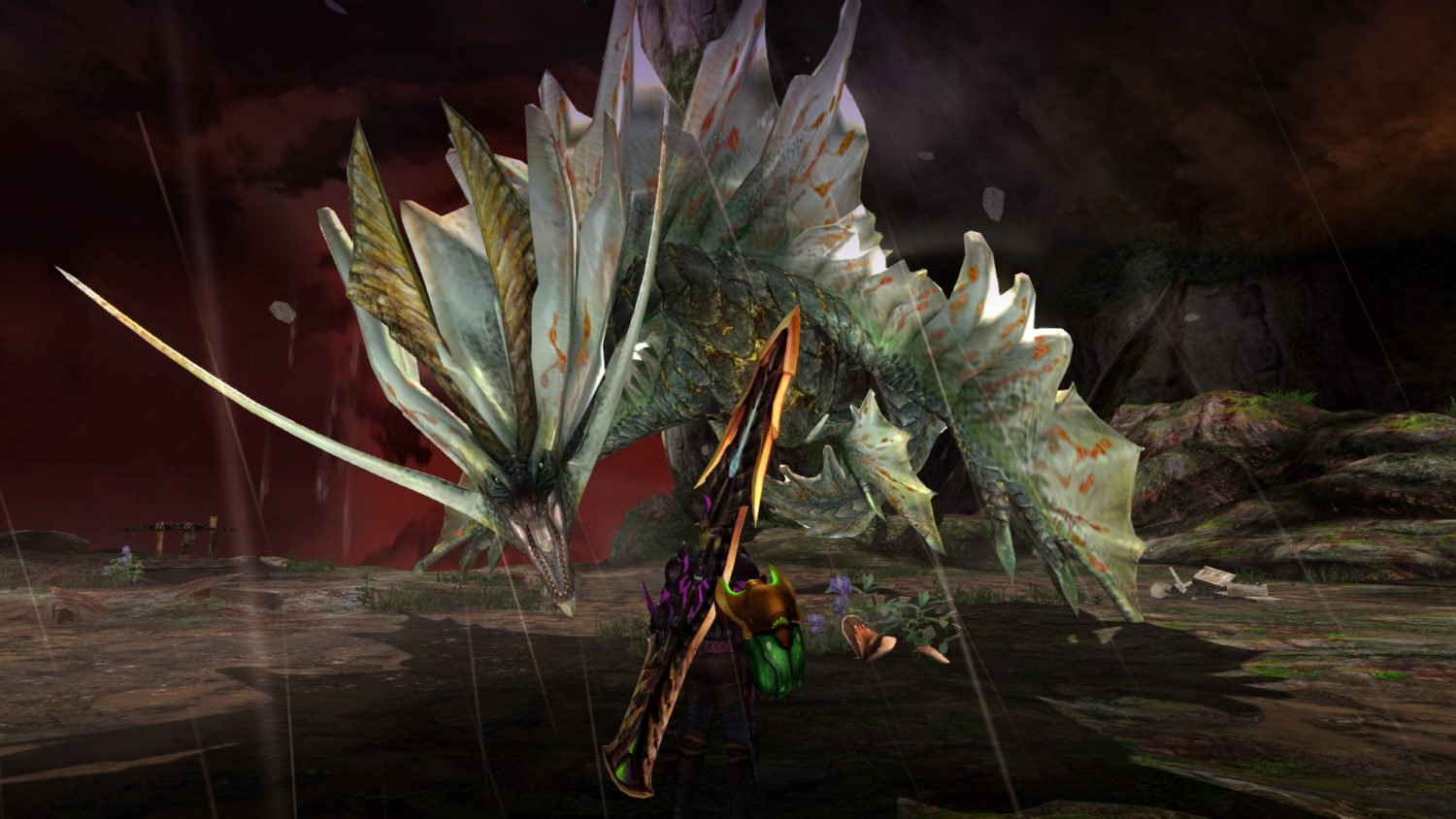
Using the 3DS save data transfer app, it took about 15 minutes to transfer my Generations save data over to Nintendo Switch. From there on, the choice was presented for the player to change their character customization which was a lovely option Capcom chose to include. After settling down, it is obvious the graphics have tremendously improved over Monster Hunter Generations. Monster Hunter Generations Ultimate runs on its renowned formula of hunt the next big thing, carve the monster parts and make new weapons and armor and move on towards the next big thing. Clearing about slightly over 20 quests, it is obvious that what the development team was going for was. Monster Hunter Generations Ultimate is designed to be more of a “super hits” edition with all of the players’ favorite monsters thrown into it. With a total of 89 large monsters, it is the largest roster in Monster Hunter yet. While I applaud the developers effort to squeeze in as much content as they could, the game felt like it was compensating in quantity for its lack of quality. A lot of the returning monsters just felt like the exact copies of how they were in the previous games without much revamp. Previous armor skills that were once considered “meta” have become obsolete with the expansion of the game. Some hunter styles for certain weapon type performs a lot better than others in this game. Perhaps that this series is a spinoff that is not rooted to a numbered series but it felt that more could have been done for the series. However, the game is still fun if you do not look too deeply for its flaws.
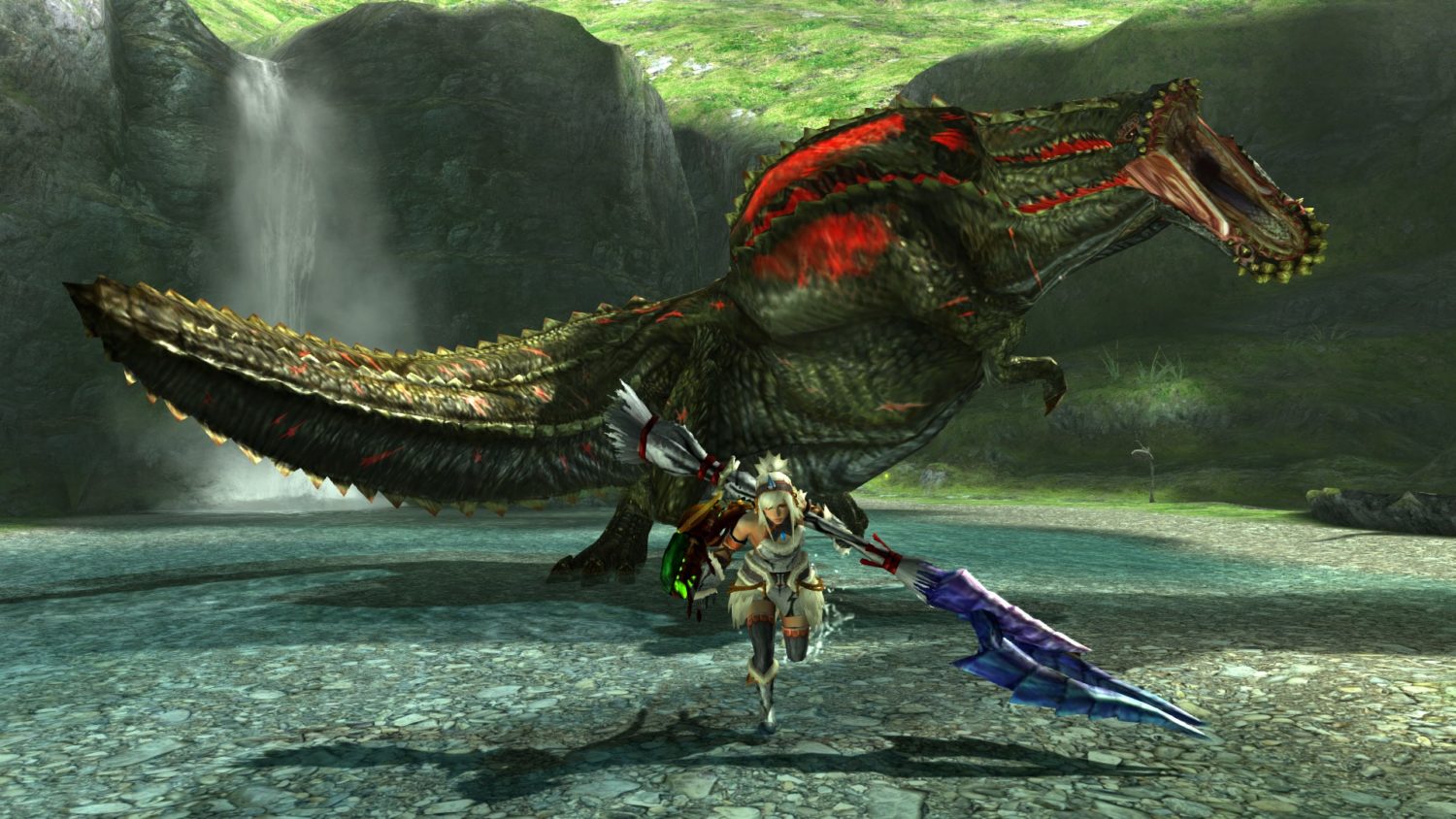
The game runs rather well on a locked frame rate of 30fps in 720p on handheld mode. While that is passable considering the fact that Monster Hunter Generations on the 3DS also runs on 30fps in 240p, players would most likely prefer an unlocked frame rate for a much more enjoyable experience. After all, this is an action game. When in docked mode, the game will be scaled to a native 1080p with the same frame rate. This would be the best way to enjoy the game as you would be able to see the effort and work put into the port of the game. However, in 1080p, the frame rate becomes rather unstable, dipping when more particles are shown on screen. Forcing the console to display in 720p alleviated that and it was what I stuck with in the remainder of my review.

The game has some presets, allowing players to customize controls to a certain extent. Gone are the days where you would struggle with the New Nintendo 3DS’ C-stick and now in its place is a proper analog joystick on the right Joy-Con. As much as there are multiple control options, there was none that I myself personally found comfortable to deal with. Often, options that had the camera controls stuck to the left Joy-COn’s supposedly “D-Pad” did not have simple ZL or ZR buttons to trigger your special moves known in this game as “Hunter Arts”. Rather, they have been tied onto other presets which do not allow the use of the “D-Pad” for camera controls. Understandably, the game is developed for consoles but given that there were customized to such an extent, it is a pity to see that it is still limited to a fixed amount of presets. HD rumble is also used when monsters roar ferociously, providing immersion like never before on previous Nintendo consoles.
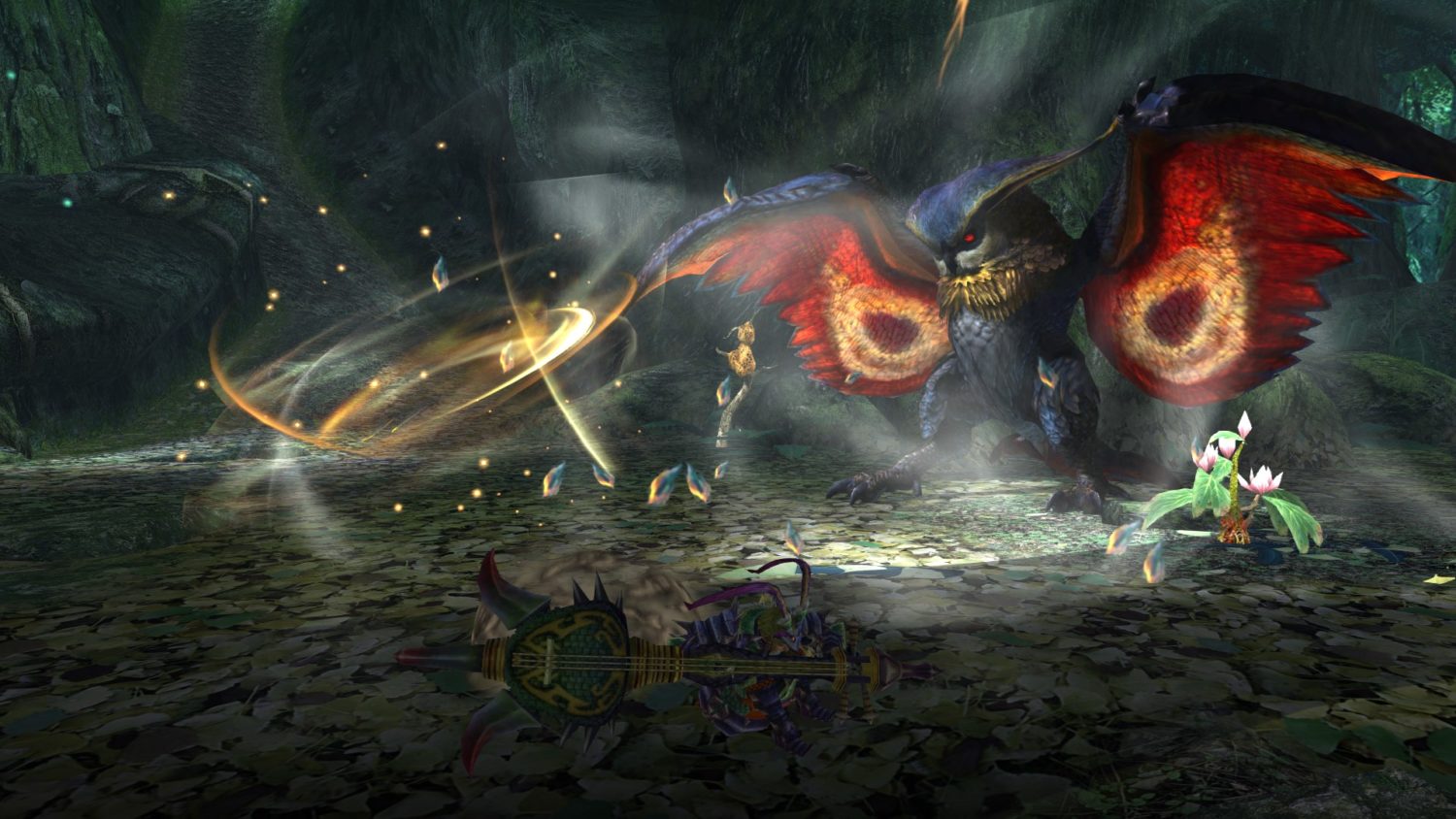
Another more noteworthy concern is that the game often has dropped inputs as well as delayed inputs. To elaborate, the game often registers some of the inputs that you have press a few milliseconds later or worse, completely fails to even register the button being pressed. On top of the punishing G Rank difficulty, you have to deal with the console missing some of your inputs. And often at times, it just feels that as a player, you have been cheated due to no fault of your own but the console being unable to keep up with your inputs. This was a problem noticeable in handheld mode and TV mode. The issue continues to persist even as I connect my Nintendo Switch Pro Controller directly to the Nintendo Switch Dock and enabled wired connection mode. This was very disappointing. As a game that you will be easily sink in a few hundred hours into, it is frustration that players should be taking note before committing to a purchase.

On the upside, one thing I would like to commend on are the Local Multiplayer and Online Multiplayer components of the game. Upon setting up an online lobby, I was able to get into a lobby with another hunter and immediately set off to fight one of the returning monsters, Lao-Shan Lung. The entire online experience was smooth without any noticeable lag. Hunting monsters with other fellow players bring a sense of comradeship that I would dare say not many Nintendo games nowadays do have. Local Multiplayer runs well in handheld mode. The verbal interactions between one another always added additional enjoyment to the monotonous grinding at times and having more players clearing the hub quest will speed clear times by leaps and bounds.
Conclusion
Monster Hunter has always been about big game hunting and this is no exception. Generations Ultimate seeks out to pack the game filled with all time favorites but what it has in terms on quantity, it lacks quality in gameplay that comes from previous iterations. New Nintendo Switch adopters and veteran hunters looking to dip their hands onto some good ol’ monster hunting action need to look no further as your craving to beat down old favorites of the series will be sated in this game. Apart from the input issue, the game has been beautifully ported to Nintendo Switch. Fully utilizing the additional hardware horsepower as well as texture upgrades in-game, the game is a feast for the senses. Your mileage might vary as the game has input issues and balance problems but if you are able to put up with that, this game is a worthy addition to any Switch owner’s game library.
The Pros:
- Packed with content
- Remastered graphics, sounds
- Stable local and online multiplayer experience
- More customization than previous iterations
- Free DLC to be added in the future
The Cons:
- Quality felt lacking
- When in docked mode, performance might dip
- Would have preferred full customization
- Input issue may hamper enjoyment
Soup Verdict: A unique spin on a traditional soup full of ingredients. May not be savory to all.

A review copy was provided by the publisher for the purpose of this review.
Written by NintendoSoup contributor Melvin.
We’d like to add the input delay bug has been present since Monster Hunter XX Nintendo Switch Ver. was released in Japan last year.
